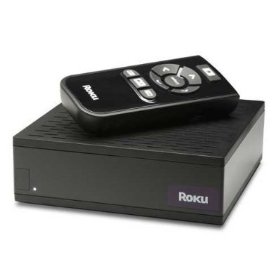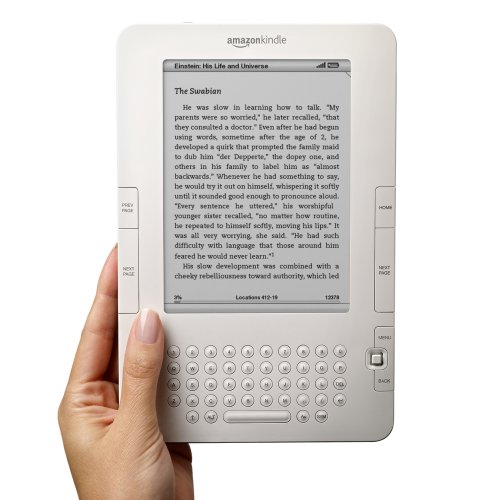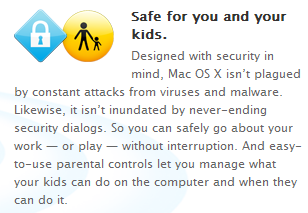I’ve taken the plunge, and ordered the ASRock mobo I mentioned earlier, as well as a Dual Core chip (E7400). I went with the E7400 instead of an E5200 (about $40 cheaper) or an E8400 ($50 more expensive) because it was matched to the FSB speed of the mobo, at 1066 MHz. The board does support the slower FSB (800 MHz) for the cheaper CPU but i want to broaden my upgrade path. The more expensive chips run at 1333 MHz so that (or higher) will have to wait for my next upgrade cycle which is not going to be for a long time.
As I mentioned earlier I bought some DDR 400 RAM to upgrade the pc earlier which I can still use with this new board. In fact I have a plan; this PC is the second kids pc, which I have now outfitted for gaming and processing, but the original kids PC (whose temporary death motivated me to start this whole journey) is a really ancient dell that originally came shipped with Windows Me. So, what I can do is take the mobo and present P4 chip from the PC i am using now and use those to give it a boost as well. I can wait on this for a year or so, at which point i will also transfer over the old DDR 400 ram and the AGP graphics card too, and buy new DDR2 ram and a PCI-e graphics card for the more powerful machine. so, I will have have upgraded two PCs and not wasted anything. I’ll put Vista on that one too – its running Win 2K at present. at that point ill have two systems:
- kids PC alpha – ASUS P4s533-e mobo, P4, 2 GB DDR 400 ram, AGP 4x
- kids PC beta, gaming rig – Asrock 4CoreDual-SATA2, DC2, 2 GB DDR2 667 ram, PCI-e
its a little less than optimal but i think it worked out well, especially since i dont need to upgrade both systems right this minute but can wait on it a year or so, by which time the DDR2 and the PCI-e card should be even cheaper, and I’ll probably spring for a new hard drive for system 2 and transfer its IDE hard drive to system 1.





